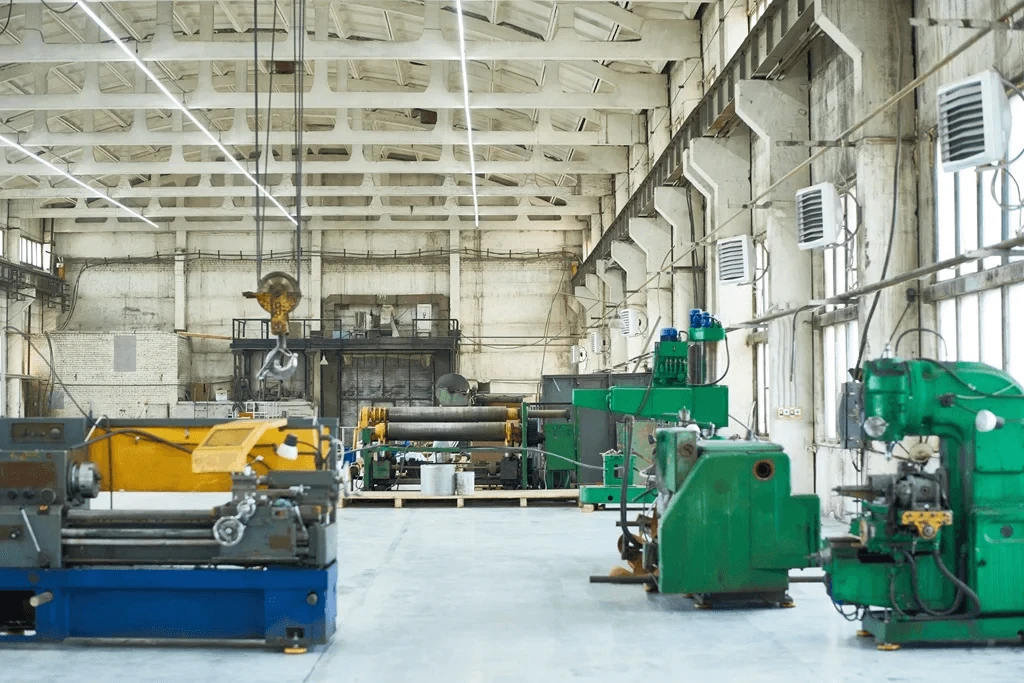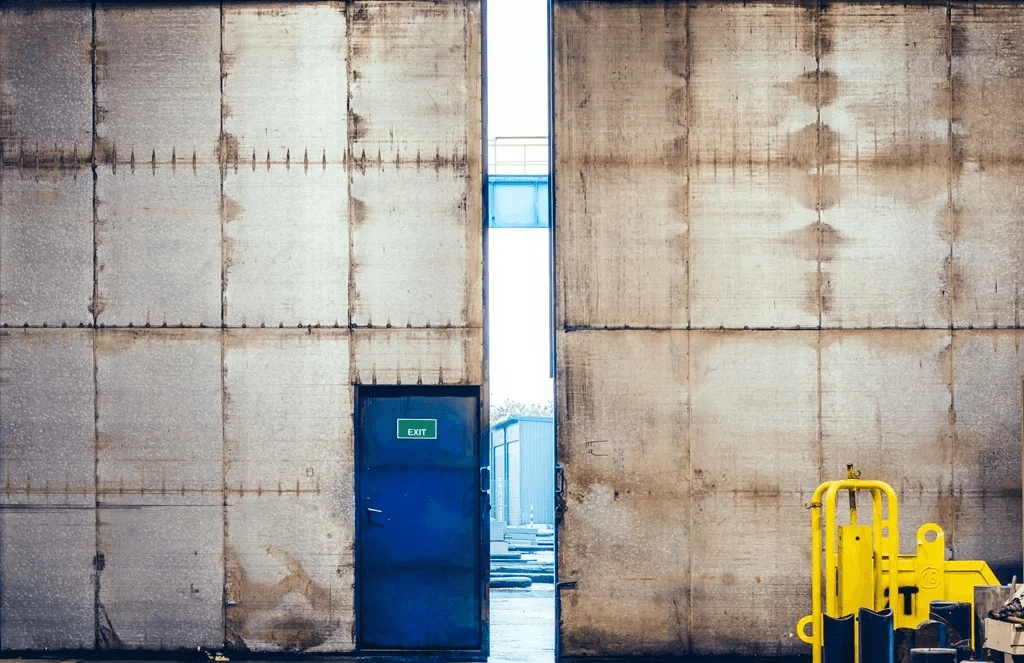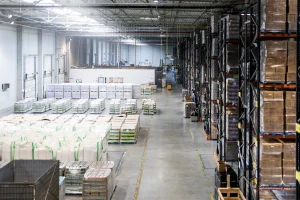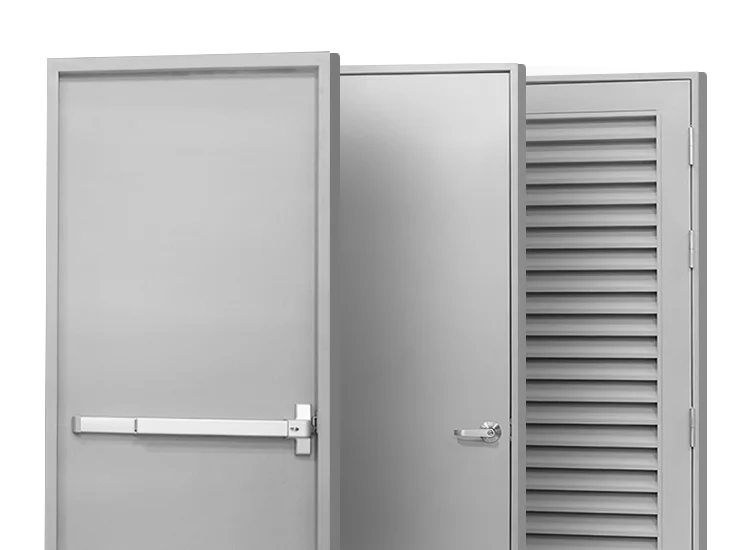Everywhere we look, buildings dot our landscape, and more often than not, they vary in size, structure, and purpose. Classifying them based on how they are made and what they are made for is the best way to differentiate the many examples of industrial buildings from other structures.
Read on to find out what the different types of industrial buildings are, why they are constructed in a certain way, and what components they consist of. We’ll also look into why installing steel doors adds an extra level of security to these establishments.
What are Industrial Buildings?
Generally, industrial buildings are structures that have been constructed for the primary purpose of storing goods, producing raw materials, and sometimes procuring services. Industrial buildings are typically factories or large dedicated facilities that cater to a wide variety of clients and businesses such as manufacturers, textile producers, and even power generators to name a few.
There are various examples of industrial buildings, however, they can easily be classified into several categories; some of which include warehousing or storage and distribution, flexible space, manufacturing, data centers, showroom buildings, and research and development buildings.
Related Article: Choosing the Right Industrial Door for Your Business
Main Aspects of Industrial Buildings
Industrial buildings are built with three primary components in mind. First is the main entrance, where most people come through. They are usually built with aesthetic values in mind that help show guests what values the company exemplifies. The second component is the office area, where the administrative employees are located.
Finally, the last component is the industrial area, where the operations and production happen. More often than not, these areas are open to the public and are showcased through informative tours.
Additional Characteristics of Industrial Buildings
Apart from the main aspects of an industrial building, here are additional characteristics:
- Built for functionality: Industrial buildings are made with a specific purpose in mind, and its design ensures a focus on efficiency.
- Safety rules and regulations are strictly implemented: Whether it is to protect trade secrets or its own personnel, strict guidelines are followed to the letter, ensuring the safety of all affected parties.
- Located in specialized areas: Industrial buildings are usually constructed in the outskirts of a town or in designated industrial zones.

Exploring the Different Examples of Industrial Buildings
1. Manufacturing Buildings
Manufacturing buildings are divided into two specifications: light manufacturing and heavy manufacturing. Light manufacturing focuses on producing goods that do not require the use of heavy machinery in the production process. Instead, simple assembly line processes are the favored choice. IKEA is an example of this.
On the other hand, heavy manufacturing relies on cumbersome machinery that either helps, or is the primary agent in the production line. An example of heavy manufacturing building is Ford Motors, which supports vast quantities of mechanized equipment such as robotics arms that are the primary agent in the construction of automotive vehicles.
2. Storage and Distribution Buildings or Warehousing
This type of industrial building is created with the sole purpose of storing goods. A sizable variety of items can be kept, ranging from general storage and cold storage, to hazardous material storage and even personal storage lockers. Warehouses are the more easily recognized example of industrial buildings, used to store goods for importing and exporting, and can sometimes be found within city districts rather than the usual outskirts.
A known example of this is the Amazon’s MQY1 factory, which is measured at a staggering 3.6 million-square-feet, and is manned by over 3,000 staff that support a primary workforce of AI-controlled robots. It is used primarily to store, sort and transport retail goods from there to all over the world.
3. Flex Spaces or Flex Buildings
This type of building is built to be multipurpose and can adapt to a variety of enterprise ideas. The most popular trend now is dedicating space for coworking purposes, which consist of multiple businesses that can now operate in a single shared area. The choices are abundant and can fit almost any enterprise due to the wide selection of industrial buildings for lease.
4. Hosting Areas and Showrooms
Industrial buildings dedicated to hosting can host or support different types of services such as for power or electric lines, or large areas filled with computer servers serving as data centers. One other purpose is as showrooms meant to display goods, services, or a wide range of products.
5. Research and Development
Large industrial spaces can be converted and used for research. Areas are devoted to product testing labs, and many other research stations, alongside the administrative sector that supports it.
One main example is NASA’s Jet Propulsion Research and Development Laboratory, an industrial complex dedicated to the research, development and construction of planetary spacecraft to further push the boundaries of space travel.

Why Consider Installing Steel Doors in Your Industrial Space
Nearly all examples of industrial buildings — whether they be for manufacturing, warehousing or data centers — need a good strong set of doors to ensure the safety and security of those that lie behind them. In yesteryears, this was done by using heavy wooden doors. While this was a good practice at the time, wood has always remained a fire hazard, and its condition deteriorates at a significant rate over time due to its organic nature.
Steel doors are now paving the way for a more safe and secure future. For one, steel doors are more cost efficient compared to the wood or fiberglass variants, and they last longer. They can withstand even over 30 years of usage with proper care. They are also fire resistant and are a lot harder to damage compared to the conventional alternatives.
Upgrade Your Industrial Buildings with Steel Doors from Janus Steel
Janus Steel offers a variety of steel doors that are a great choice for industrial properties. We offer all the safety, security and dependability of steel doors, while upholding aesthetic values ensuring a warm and pleasing welcome is felt by any and all who visit your industrial building, guest, client, and employee alike.
Ready to upgrade your industrial building today? Explore our collection of steel doors today and find the perfect match for you. Contact us now to get started!





